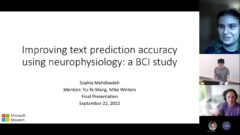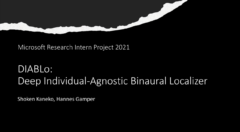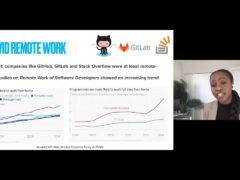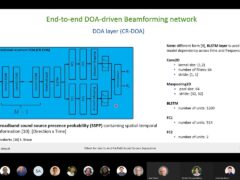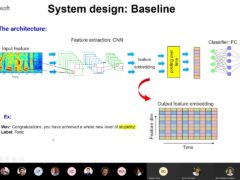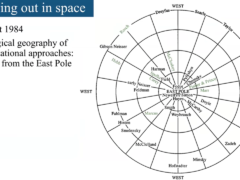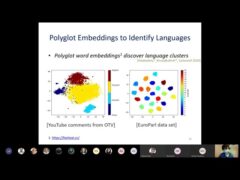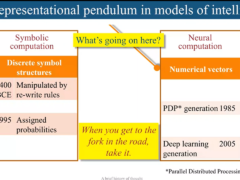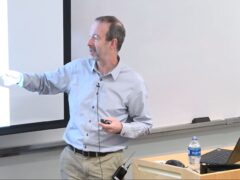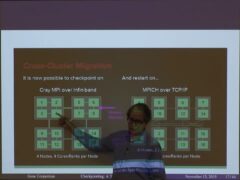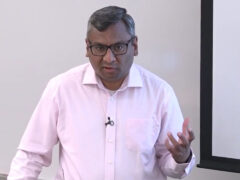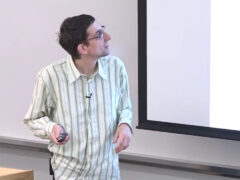Bridging Software Engineering Economics and Digital Business Strategy: A Design Capital and Design Moves Perspective on Managing Software Products
As software becomes integral to the products and services in a growing range of industries, there has been a corresponding surge of interest in understanding how firms can effectively formulate and execute digital business strategies. This tight fusion of software products within the business environment gives rise to a strategic tension between investing in software design for long-term value creation and exploiting the malleability of software for short-term value appropriation. Further, relentless innovation and competitive pressures dictate that firms continually adapt software artifacts to changing market and technological conditions, but sustained profitability requires scalable architectures that can serve a large customer base and stable interfaces that support integration across a diverse ecosystem of complementary offerings.
Research scholars in software engineering and technology management fields have an inherent interest in studying the above-mentioned tensions and tradeoffs, but a common ground has been lacking to bridge their divergent perspectives. As a researcher who often straddles these fields, my work attempts to develop such a common ground between the software engineering and technology management literatures.
In this talk I will present the concepts, empirical methods, and results from three projects, and discuss how this body of work helped me to develop a research agenda that spans the software engineering and technology management fields. The key themes that I’ll touch upon are:
- How complexity biases the cost-benefit calculation used to evaluate customer requests for new product features. The relationship between customer demands, complexity, and investments in incremental Innovations are messy, and are often influenced by organization structures, competitive pressures, and incentives for resource allocation processes.
- A conceptualization of the logic of digital business strategy in terms of two constructs: design capital (i.e., the cumulative stock of designs owned or controlled by a firm) and design moves (i.e., the discrete strategic actions that enlarge, reduce, or modify a firm’s stock of designs), and modeling two salient dimensions of design capital, namely, option value and technical debt.
- Developing an evolutionary model of technical debt accumulation to facilitate a rigorous and balanced analysis of the benefits and costs of incurring technical debt at different lifecycle stages of a large commercial enterprise software package.
发言人详细信息
Narayan Ramasubbu received the bachelor of engineering degree from Bharathiar University, India, and the PhD degree from the University of Michigan, Ann Arbor. He is an assistant professor at the Katz Graduate School of Business at the University of Pittsburgh. Previously, he was an assistant professor at the School of Information Systems at the Singapore Management University. Prior to his academic career, he was a senior developer at SAP AG and CGI Inc.
Narayan takes a sociotechnical approach to study issues related to technology management and the use of information technology in a business context. His research interests include software engineering economics with a focus on globally distributed product development and service delivery; the design, implementation, and governance of enterprise information systems; end-user interaction and user-led innovation; and technology strategy and generating business value from technology investments. For more details please visit www.pitt.edu/~narayanr
- 日期:
- 演讲者:
- Narayansamy Ramasubbu
- 所属机构:
- University of Pittsburgh
-
-
Jeff Running
-
-
系列: Microsoft Research Talks
-
Decoding the Human Brain – A Neurosurgeon’s Experience
Speakers:- Pascal Zinn,
- Ivan Tashev
-
-
-
-
Galea: The Bridge Between Mixed Reality and Neurotechnology
Speakers:- Eva Esteban,
- Conor Russomanno
-
Current and Future Application of BCIs
Speakers:- Christoph Guger
-
Challenges in Evolving a Successful Database Product (SQL Server) to a Cloud Service (SQL Azure)
Speakers:- Hanuma Kodavalla,
- Phil Bernstein
-
Improving text prediction accuracy using neurophysiology
Speakers:- Sophia Mehdizadeh
-
-
DIABLo: a Deep Individual-Agnostic Binaural Localizer
Speakers:- Shoken Kaneko
-
-
Recent Efforts Towards Efficient And Scalable Neural Waveform Coding
Speakers:- Kai Zhen
-
-
Audio-based Toxic Language Detection
Speakers:- Midia Yousefi
-
-
From SqueezeNet to SqueezeBERT: Developing Efficient Deep Neural Networks
Speakers:- Sujeeth Bharadwaj
-
Hope Speech and Help Speech: Surfacing Positivity Amidst Hate
Speakers:- Monojit Choudhury
-
-
-
-
-
'F' to 'A' on the N.Y. Regents Science Exams: An Overview of the Aristo Project
Speakers:- Peter Clark
-
Checkpointing the Un-checkpointable: the Split-Process Approach for MPI and Formal Verification
Speakers:- Gene Cooperman
-
Learning Structured Models for Safe Robot Control
Speakers:- Ashish Kapoor
-








